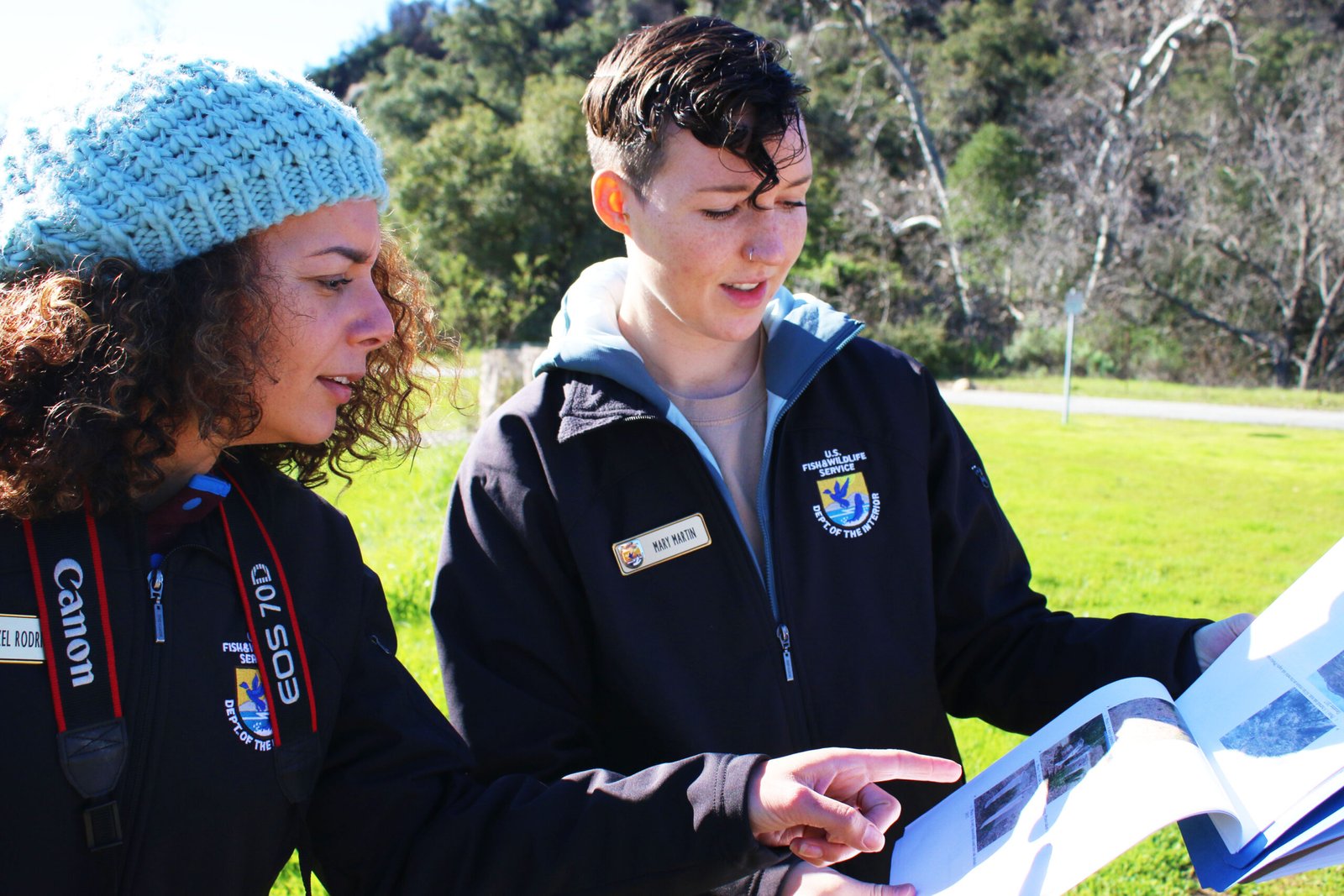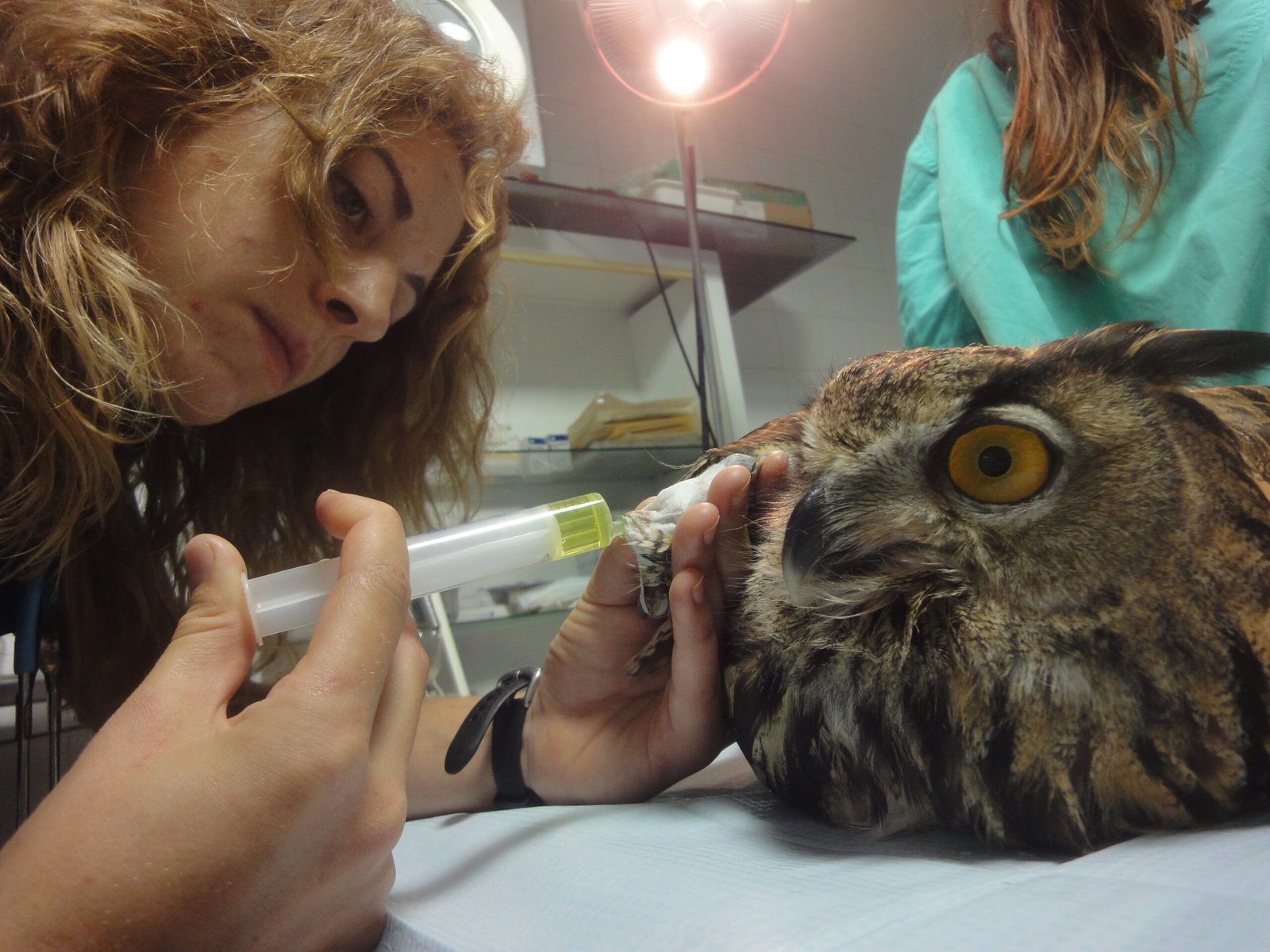The dense jungle echoes with the cries of a distressed elephant. Somewhere in the savanna, a cheetah limps, its fate hinging on a race against time. In the hidden corners of our planet, wildlife veterinarians are the unsung heroes—racing against extinction, disease, and the relentless forces of nature. Their days are unpredictable, their missions often perilous, and their patients as wild as the world itself. Have you ever wondered what it truly takes to be the lifeline for creatures who roam free, untamed and vulnerable? The story of wildlife veterinarians is one of adventure, heartbreak, and hope—a fascinating window into the world behind the fur, feathers, and scales.
Walking the Line Between Science and Instinct

Wildlife veterinarians occupy a unique space where rigorous science meets raw intuition. In the absence of controlled environments, they rely heavily on both their medical training and their ability to read animal behavior. Every encounter can be unpredictable—a sedated lion may awaken early, or a frightened primate might suddenly lash out. These professionals must swiftly analyze symptoms, make critical decisions, and adapt to ever-changing field conditions. It’s a delicate dance where missteps can mean life or death, not only for the animal but sometimes for the vet as well. Their work is rarely glamorous, but it’s filled with moments of awe and wonder that few others will ever experience.
The Wild Classroom: Training for the Unknown

Becoming a wildlife veterinarian demands far more than a veterinary degree. Most start in traditional veterinary school, mastering the basics of animal anatomy, physiology, and pathology. But that’s just the beginning. Many undertake specialized internships or residencies that focus on zoo animals, exotic species, or wildlife rehabilitation. Fieldwork becomes a second education—learning to track animals, safely administer tranquilizers, and improvise with limited resources. There are no textbooks for how to treat a snow leopard with a broken jaw in the Himalayas or a manatee tangled in fishing nets. This profession requires a lifelong commitment to learning, adapting, and sometimes, inventing new ways to save a life.
High-Stakes Medicine in the Field

Unlike veterinarians in clinics, wildlife vets often operate in the most challenging conditions imaginable. Their operating theaters might be muddy riverbanks, dense rainforests, or scorching deserts. Equipment is limited, and every minute counts—especially when dealing with endangered species. Even the logistics of reaching a patient can be an ordeal, involving helicopters, boats, or days-long treks. Despite these obstacles, they perform complicated surgeries, treat infections, and administer lifesaving vaccines. Their work is often a race against time, where a single miscalculation could spell disaster for both animal and vet.
Facing the Risks: Danger Lurks Everywhere
Danger is a constant companion for wildlife veterinarians. Wild animals, even when injured or ill, are unpredictable and potentially deadly. Handling a sedated rhino or a cornered bear is never without risk. But the threats go beyond animal encounters—poachers, infectious diseases, and harsh weather are all part of the job. Many vets have close calls with charging elephants or venomous snakes. Yet, it’s not just physical risk; emotional tolls are high as well. Witnessing suffering, losing patients, or seeing entire populations decline can weigh heavily on even the most resilient hearts.
Guardians of Endangered Species

Wildlife veterinarians are at the frontline of conservation efforts, particularly for endangered species. They play a critical role in monitoring health, managing breeding programs, and combating outbreaks of disease that could devastate small populations. When a disease like canine distemper threatens African wild dogs, or when elephants fall victim to poaching injuries, it’s the wildlife vet who steps in to tip the scales back toward survival. These vets often work hand-in-hand with conservationists, biologists, and local communities to protect the fragile balance of ecosystems. Their interventions can mean the difference between extinction and survival for some of the planet’s most iconic animals.
Responding to Wildlife Emergencies

Wildlife emergencies can strike at any moment—oil spills, wildfires, or disease outbreaks can suddenly put thousands of lives at risk. In such crises, wildlife veterinarians mobilize quickly, assembling teams to rescue, treat, and rehabilitate affected animals. They set up makeshift triage centers on beaches, in forests, or near disaster zones. Every animal saved is a small victory, a testament to human compassion and ingenuity. These moments often attract global attention, but the reality on the ground is frantic, exhausting, and deeply emotional. Wildlife vets must stay calm under pressure, prioritize resources, and make tough calls about who can be saved.
The Emotional Rollercoaster of the Job
Love for animals drives many into this demanding profession, but that passion also leaves them vulnerable to heartbreak. Not every story has a happy ending. Sometimes, despite their best efforts, animals succumb to injuries or disease. The emotional highs of saving a newborn orangutan are balanced by the lows of losing a beloved patient. Wildlife veterinarians often form deep bonds with the creatures they help, and the weight of responsibility can be immense. Support networks, counseling, and peer groups are essential to help vets cope with the unique stresses of their work.
Collaboration Across Borders and Disciplines

Wildlife veterinarians rarely work alone. Their success often depends on collaboration with ecologists, park rangers, government agencies, and even local villagers. For example, when an outbreak threatens mountain gorillas in Rwanda, vets must coordinate with trackers, scientists, and local leaders to implement a response. International cooperation is common—diseases and threats know no borders. Vets share knowledge, research, and resources across continents, united by their commitment to wildlife. This global network amplifies their impact and fosters innovation in both treatment and conservation.
Harnessing Technology for Animal Health

Modern wildlife medicine is increasingly high-tech. Drones help track elusive animals, while portable ultrasound and blood analyzers allow vets to make rapid diagnoses in the field. GPS collars, health-monitoring implants, and remote cameras have revolutionized how vets monitor animal populations. Even genetics and DNA analysis are now part of the toolkit, helping to identify disease risks and plan breeding programs. These technological advances don’t replace the vet’s skill or intuition, but they offer powerful new tools to save species and improve animal welfare.
Forging Connections with Local Communities

Wildlife veterinarians recognize that healthy animals depend on healthy ecosystems and communities. They often work closely with local people, providing education on disease prevention, humane treatment of wildlife, and the value of conservation. In some regions, vets train villagers to respond to animal emergencies or teach children about the importance of biodiversity. Building trust and respect with local communities is essential—without it, even the best medical care can fall short. When vets and communities work together, the impact extends far beyond the animals themselves.
The Unseen Rewards and Daily Triumphs
For all the hardships, wildlife veterinarians find deep rewards in their work. Witnessing a healed eagle soar again or a family of elephants reunited is an experience that words can hardly capture. These moments of triumph, however small, fuel their passion and perseverance. Many vets speak of feeling a profound connection to the natural world, a sense of purpose that transcends the ordinary. Their stories are filled with grit, determination, and incredible compassion—the true heart of wildlife medicine.
Summary

Wildlife veterinarians are the quiet force standing between nature’s wonders and the threats they face. Their lives are a study in courage, adaptability, and hope. Each day brings new challenges and new opportunities to make a difference in the world’s wildest places. Their dedication ensures that the extraordinary creatures sharing our planet are given another chance. Who knew the secret lives of wildlife veterinarians could be so inspiring?



